Border closures and COVID-19 costing tourism $10b per month
It’s an industry in crisis, and it took the biggest impact from the coronavirus lockdowns. But now Australia’s tourism bosses are fighting back. How you can help.
Coronavirus
Don't miss out on the headlines from Coronavirus. Followed categories will be added to My News.
Australia’s tourism industry is haemorrhaging $10 billion per month and faces even bigger losses if state borders do not re-open and JobKeeper is not extended beyond its current March end date.
That’s the word from industry experts, who warn that earlier optimism about a step by step recovery for the sector is giving way to a deeper sense of pessimism which is shaking the confidence of operators and travellers alike.
Today News Corp Australia launches Travel Fightback, a new campaign designed to support the tourism industry and encourage Australians to plan trips to see all our country has to offer.
Tuesday’s Federal Budget included $250 million for a Regional Tourism Recovery Package and $50 million for destinations most affected by the closure of Australia’s international border, but also revealed the government’s expectation that international travel “would remain low through the latter part of 2021”.
It was a sobering realisation for many that tourism would remain largely “locals only” for another 18 months.
And even a significant uptick in domestic tourism “will not be sufficient to fill the $4 billion black hole left by almost no international travel,” Tourism and Transport Forum CEO Margy Osmond said.
The industry was facing “a four to five year recovery period” and “one Budget is not going to fix it for us,” she said.
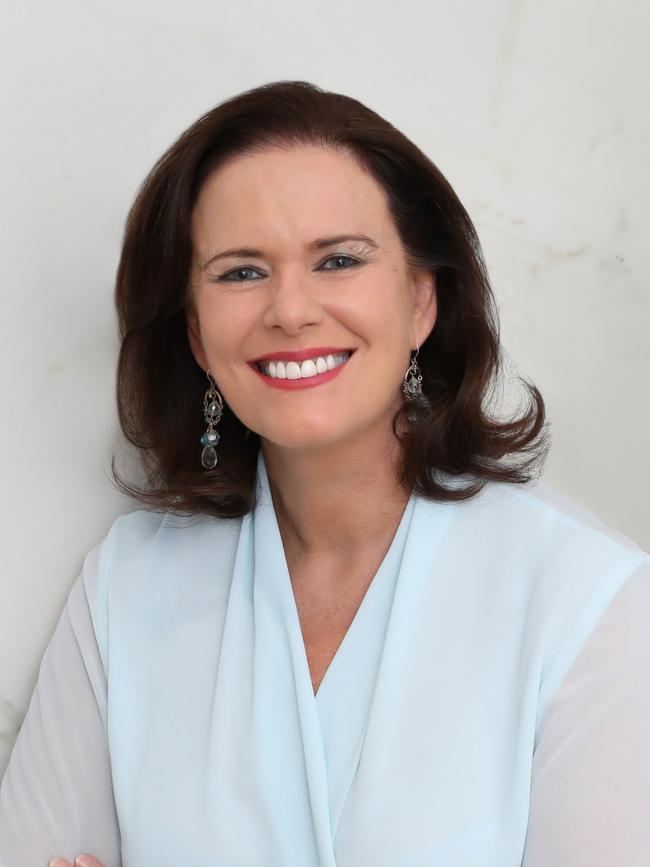
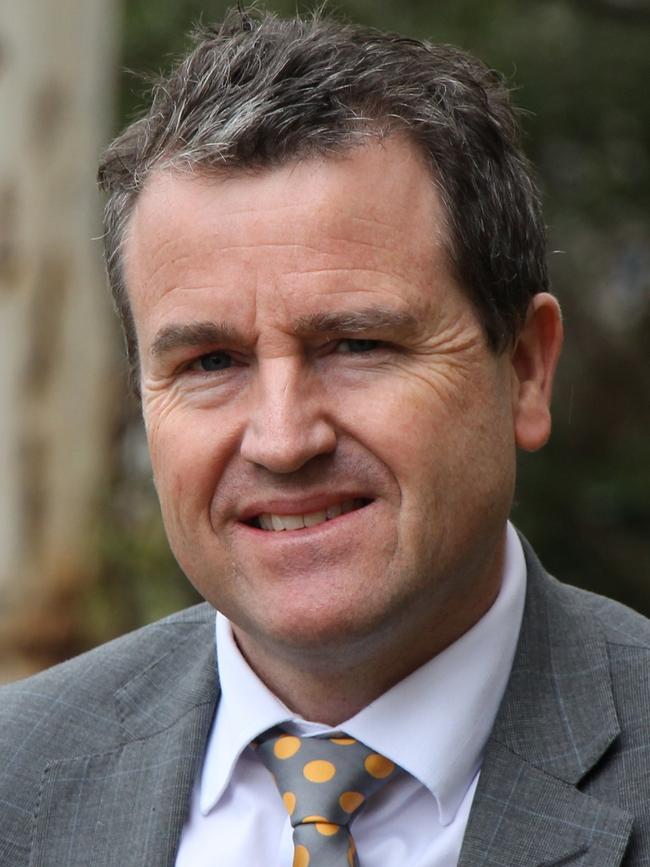
The Forum has estimated that 470,000 jobs have already been lost in the tourism sector, and Ms Osmond said it was critical that JobKeeper, or a similar program, offered support for the industry “probably into 2022, because the impact on our industry is quite unique and overwhelming”.
Economic modelling for the Forum by Stafford Strategy revealed if JobKeeper was not extended for the industry, a further 300,000 jobs could be lost.
Ms Osmond said the apparent reluctance of many Australians to travel, particularly by plane, was the “next major hurdle” for the industry.
But whether or not the desire to travel is there, many simply cannot travel because of state border closures.
Australian Tourism Industry Council Executive Director Simon Westaway said the bar had been set very high for borders to reopen, including Queensland stipulating that NSW must go 28 straight days without a case of coronavirus transmission.
“It’s almost like they’re looking for reasons not to open rather than to open,” Mr Westaway said. “The mindset has got to change, because we have very low community transmission rates across the country. They’re taking it to a level that rips confidence apart.”
Similar comments came from Flight Centre CEO Graham Turner, who said the
conditions for border reopenings were not just onerous, but ridiculous.
“We have to learn to live with the virus, and we have to remember that the problems in the travel and tourism industry have been caused by government restrictions, which can be undone,” he said. Hard lockdowns did not work as well at suppressing the virus as efficient testing and contact tracing systems, he stated.
Mr Turner said the next 12 months would not be easy for Flight Centre, but the company “will be able to see this out”.
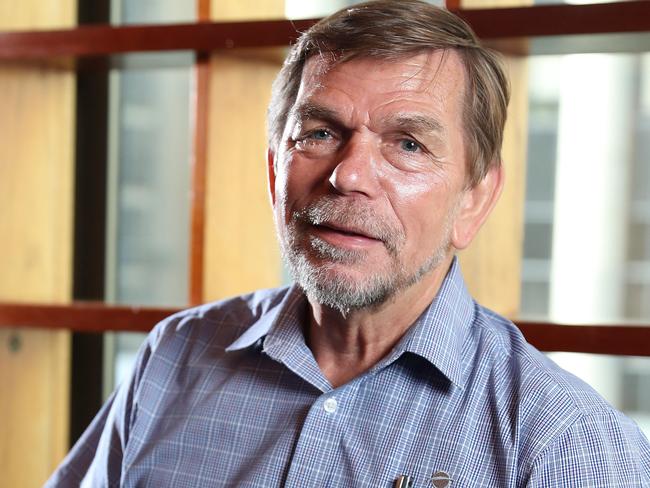
“We’re assuming that there won’t be a huge amount of income over the next 12 months. We will lose a substantial amount of money, but with the modelling we’ve done on a conservative basis we should return to a small profit in 21/22,” Mr Turner said.
The Transport and Tourism Forum has called a virtual summit of industry players on Friday to discuss border closures.
Ms Osmond said Simon Birmingham had performed well as Tourism Minister, and that whatever happened in the longer term after his elevation to the finance ministry, it was critical that tourism stayed as a senior portfolio within Cabinet.
“But to be perfectly frank, we’d like the New Zealand model, which is a Prime Minister who is also Minister for Tourism,” she said.
INDUSTRY DECIMATED AT EVERY STEP
The coronavirus lockdowns have literally decimated Australian tourism enterprises, with desperate businesses struggling to stay afloat with one tenth of the customers they served in pre-COVID times.
George Vella’s travel agency is a perfect example.
Before coronavirus forced the closure of Australia’s borders, 65 per cent of Mr Vella’s business related to international travel, 25 per cent pertained to cruising and just 10 per cent was focused on domestic travel.
But all of it came to a screeching halt back in March.
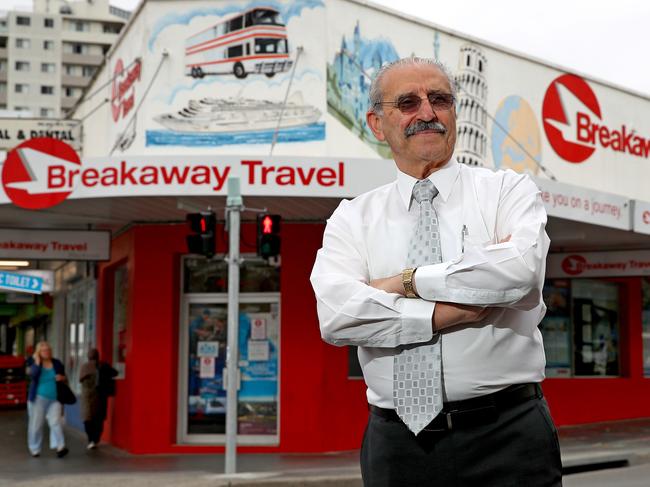
“There’s been no business, no cash flow,” Mr Vella told News Corp Australia.
“That’s the biggest problem. The bills keep coming, and we’re still chasing payments from wholesalers. It’s time-consuming to retrieve funds we paid 10, 12 months ago.”
Staffing at Breakaway Travel went from eight to three after the virus hit. Some were eligible for JobKeeper; most were not.
Mr Vella, who set up shop back in 1975, has been left trying to find ways to grow that 10 per cent sliver of the business that had previously been focused on domestic travel, by working with local clubs and ethnic associations for their group tour needs.
A similar pattern of decimation, decline and business pivoting is occurring along every step of the tourist journey.
The taxi you once took to the airport? There are now far fewer on the roads, thanks to COVID-19. (In NSW, numbers of active taxis went from 6552 in August 2019 to 4328 in August 2020.)
Once you get to the airport, once-bustling retail precincts in terminals now sit eerily silent.
(In one Australian airport, activity fell to just 12 per cent of capacity back in May.)
And once you board a plane, you are likely to be greeted by a cabin attendant who is working a fraction of the hours they used to - and in some cases making extraordinary sacrifices to do so.
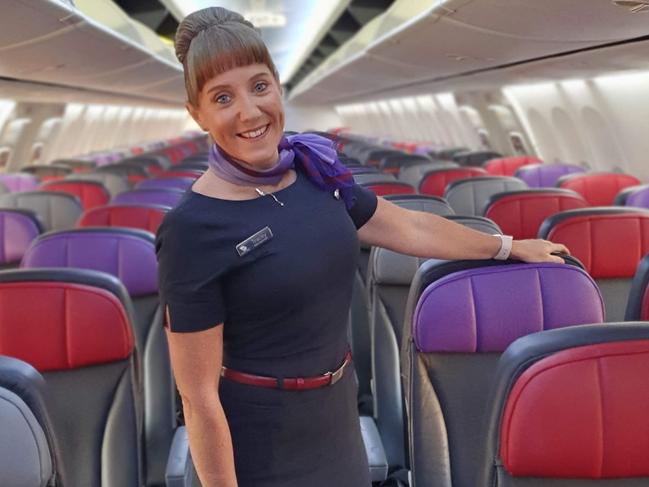
Virgin Australia Cabin Supervisor Tracey Fitzgerald told News Corp she recently worked a 30 hour week in Queensland. It was the most she had worked since March, but it also required five full days spent in hotel quarantine, as she is from Melbourne.
Colleagues from Perth and Adelaide were able to move about freely, but all Victorian staff had to put up with the quarantine - a rule she said made her feel “segregated”.
“But I loved being at work. People were enjoying the flight,” she said.
During the lockdown period, Ms Fitzgerald said she had completed a TAFE course in workplace training and assessment, and started up a side hustle in candle making.
“It’s not brought in a lot of income, but it’s kept me busy,” she said.
Big organisations have had to be just as nimble.
Philippe Kronberg, General Manager at Shangri-La Sydney, said that with no international arrivals, the hotel had tried to make the most of a “staycation” market.
“We’ve had a lot of guests on weekends; lots of birthdays and engagements and wedding anniversaries,” Mr Kronberg said.
“Guests who have been confined in their apartments come here and really enjoy the hotel. They want to have a no-hassle time with us.”
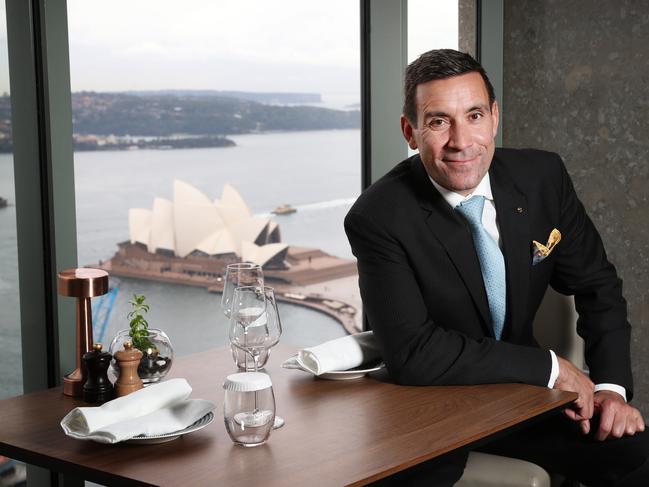
The decimation seen in other parts of the tourism industry also hit the Shangri-La, with occupancy rates plunging from a full house in February to single digits just weeks later.
“It’s still pretty tough; we’re not out of the woods yet,” Mr Kronberg said.
“Demand is pretty strong, but mostly on weekends and holidays. It’s still tough during weekdays because we don’t have that corporate market.”
The recent opening of South Australia’s borders had been a positive, he said, while inquiries from other states were also picking up as border openings moved closer to reality.
“The Sydney New Year’s Eve fireworks are huge for us. We’re expecting to be full, although it will likely be all Australians,” Mr Kronberg said.
Other players in the tourism industry are even more dependant on the international market, and are supporting each other in a grim effort to just hang on.
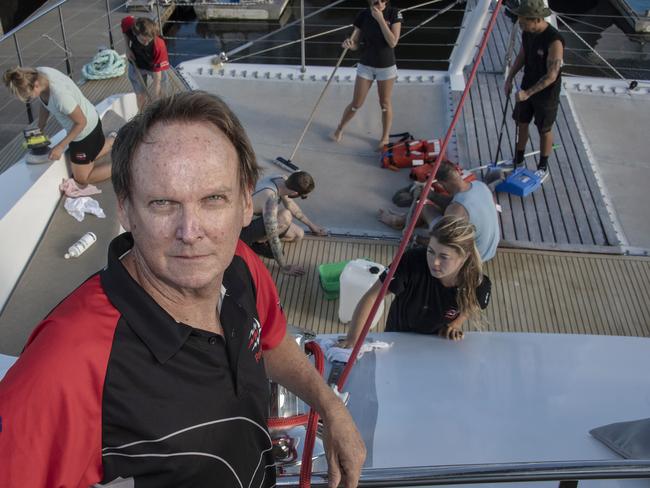
Cairns-based reef tour operator Alan Wallish said he and two other companies had come to an arrangement early during the lockdown to take their boats out on different days.
“It’s been a great initiative,” he said.
“It’s meant that passengers can always find a boat running to the reef and it means we’re not fighting each other to find passengers.”
Mr Wallish said his boat Passions of Paradise carried 31,000 people out to the reef in 2019, but business was down 70 per cent this year. A staff of 35 was now down to 18.
The opening of Queensland’s borders in July led to “an instant surge in numbers, but then the border closed and those numbers disappeared,” he said.
“You can’t run a tourism business with no tourists. We need Australians to come up to Cairns and have a wonderful time.”
Despite the grim year, Mr Wallish said morale among his team was “fantastic”.
“We’re out to survive,” he said. “I’ve been really proud of my staff. We’ve lifted the game to the highest possible standards.
“Everybody is working hard in Cairns. We’re all in this together."
With Australian tourism facing its biggest-ever test, that spirit of co-operation between operators may be the one thing that pulls them all through.
Originally published as Border closures and COVID-19 costing tourism $10b per month

